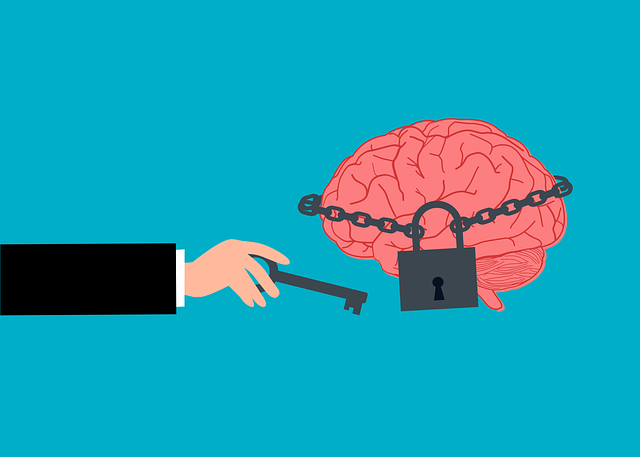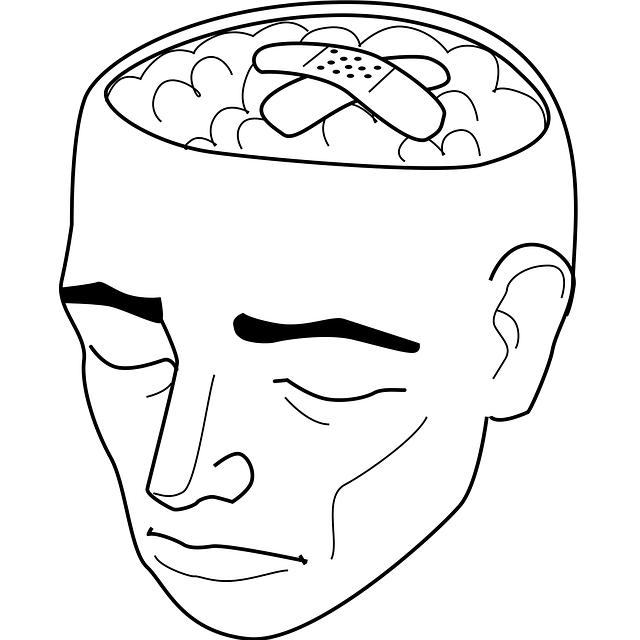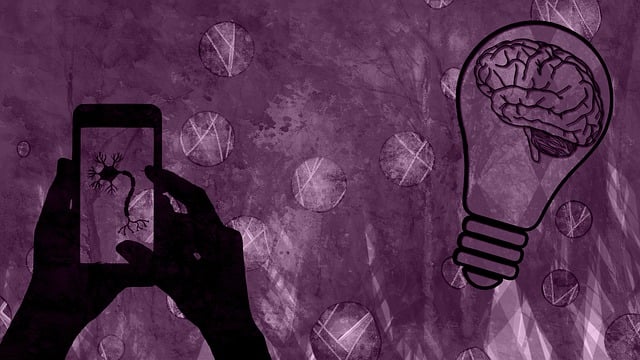Media portrayal plays a pivotal role in shaping public perception of mental health, especially for young children and those navigating gender identity. Inaccurate or simplistic depictions can worsen stigma, while nuanced media representations can initiate vital conversations, raise awareness, and encourage early intervention for mental health issues in young kids. By promoting diverse storytelling, media can drive attitudinal shifts, fostering better access to therapy for vulnerable populations, particularly those with gender identity concerns. Recent developments include educational podcast series and integrating therapy into entertainment, challenging stereotypes and promoting understanding through innovative solutions like resilience-building activities tailored for younger audiences. Leveraging social media connects viewers to support networks, encouraging open conversations about mental health and empowering individuals to seek help.
“In today’s media-saturated world, the representation of mental illness and gender identity is more significant than ever. This article explores the profound impact of media on shaping public perception of mental health, especially regarding young children and their evolving understanding of gender identity. We delve into the challenges posed by insensitive portrayals and present innovative solutions, focusing on integrating therapy directly into media platforms to foster positive mental well-being. By considering these strategies, we aim to guide a path towards more responsible and therapeutic media representation.”
- Understanding the Impact of Media Portrayal on Mental Health Perception
- Gender Identity and Young Children: Navigating Sensitivity in Media
- Innovative Solutions: Integrating Therapy into Media to Support Mental Well-being
Understanding the Impact of Media Portrayal on Mental Health Perception

Media portrayal plays a significant role in shaping public perception about mental health, especially among vulnerable groups such as young children and individuals exploring their gender identity. The way mental illness is depicted in films, television shows, and news media can either perpetuate harmful stereotypes or foster understanding and empathy. Positive thinking and self-care practices are often encouraged as solutions, but they cannot address complex underlying issues.
Inaccurate or one-dimensional representations can lead to stigma, discrimination, and a lack of support for those struggling. On the other hand, sensitive and nuanced portrayals can initiate important conversations, raise public awareness campaigns for mental health development, and encourage early intervention for young children experiencing mental health challenges. By promoting accurate and diverse storytelling, media has the potential to revolutionize societal attitudes and improve access to therapy for vulnerable populations.
Gender Identity and Young Children: Navigating Sensitivity in Media

In the realm of media representation, the portrayal of young children’s gender identity is a delicate and evolving topic. As society navigates the complexities of mental wellness, especially for vulnerable populations like young kids, the media plays a pivotal role in shaping public awareness campaigns. Sensitivity towards gender identity issues requires careful consideration during content production, ensuring that messages are not only accurate but also beneficial to self-esteem improvement.
The development of therapy for young children with gender dysphoria or diverse identities has sparked interest in creating more inclusive media. This includes the production of mental wellness podcast series that provide educational resources and support systems for both children and their families. By raising awareness about these issues, media platforms can foster an environment where self-expression is encouraged, promoting a healthier sense of identity from an early age.
Innovative Solutions: Integrating Therapy into Media to Support Mental Well-being

In recent years, the media industry has begun to embrace innovative solutions to improve mental illness representation, integrating therapy and support services directly into entertainment and storytelling. This shift is crucial in challenging stereotypes and fostering understanding, especially for vulnerable populations like young children and those exploring gender identity. By incorporating therapeutic elements, media can enhance its impact on mental well-being and act as a powerful tool for community outreach.
One such approach involves developing animated series with built-in trauma support services and resilience-building activities. These shows can subtly address mental health themes while offering interactive resources tailored to younger audiences. Additionally, leveraging social media platforms to promote these initiatives and connect viewers with relevant support networks creates an engaging and accessible environment for open conversations about mental illness. This strategy not only educates but also empowers individuals to seek help when needed.
Media plays a significant role in shaping public perception about mental health. By integrating therapeutic elements into media content, especially tailored for young children and addressing issues of gender identity, we can challenge harmful stereotypes and foster understanding. These innovative solutions not only enhance mental well-being but also create a more inclusive and supportive environment, ensuring that everyone receives the care they need. Through thoughtful representation, media has the power to revolutionize how society views and addresses mental illness.














